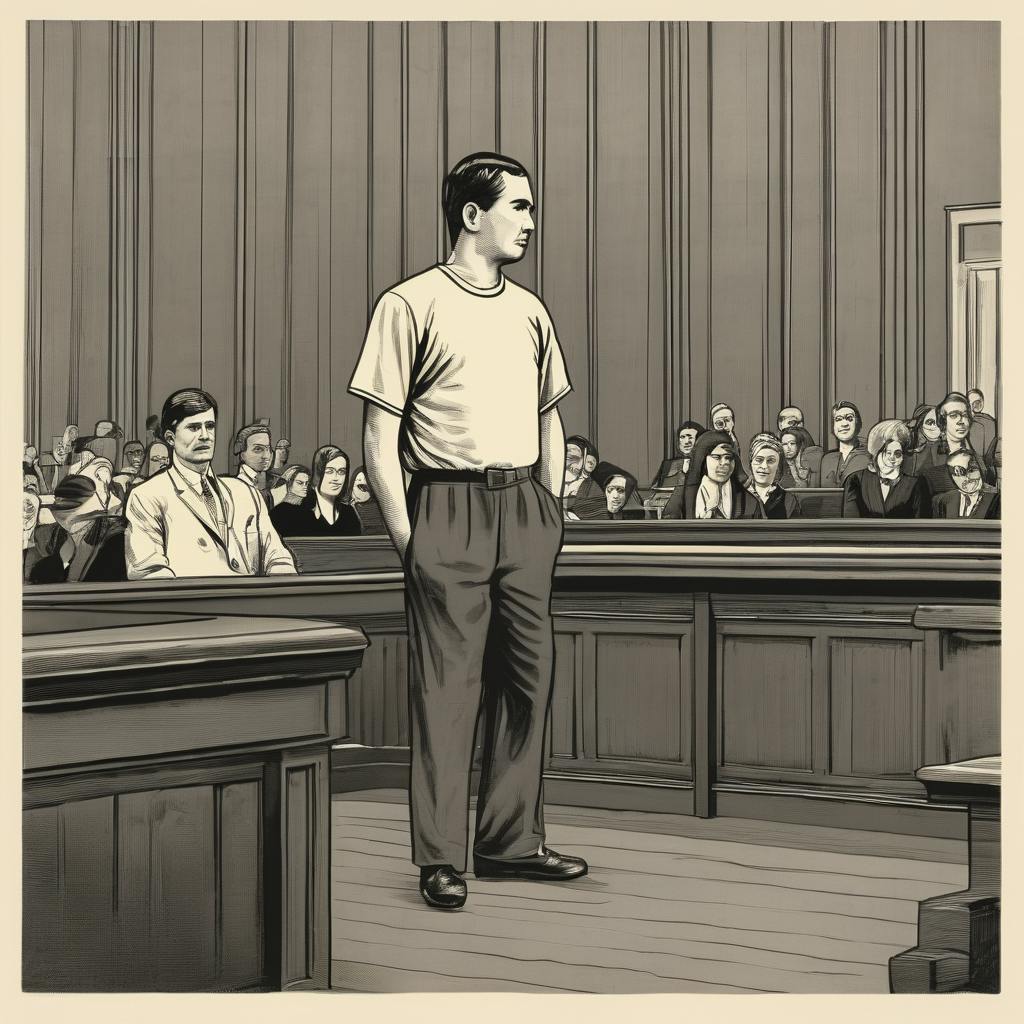United States v. Apple INC Court Filing, retrieved on March 21, 2024 is part of HackerNoon’s Legal PDF Series. You can jump to any part in this filing here. This part is 1 of 25.
COMPLAINT
In 2010, a top Apple executive emailed Apple’s then-CEO about an ad for the new Kindle e-reader. The ad began with a woman who was using her iPhone to buy and read books on the Kindle app. She then switches to an Android smartphone and continues to read her books using the same Kindle app. The executive wrote to Jobs: one “message that can’t be missed is that it is easy to switch from iPhone to Android. Not fun to watch.” Jobs was clear in his response: Apple would “force” developers to use its payment system to lock in both developers and users on its platform. Over many years, Apple has repeatedly responded to competitive threats like this one by making it harder or more expensive for its users and developers to leave than by making it more attractive for them to stay.
For many years, Apple has built a dominant iPhone platform and ecosystem that has driven the company’s astronomical valuation. At the same time, it has long understood that disruptive technologies and innovative apps, products, and services threatened that dominance by making users less reliant on the iPhone or making it easier to switch to a non-Apple smartphone. Rather than respond to competitive threats by offering lower smartphone prices to consumers or better monetization for developers, Apple would meet competitive threats by imposing a series of shapeshifting rules and restrictions in its App Store guidelines and developer agreements that would allow Apple to extract higher fees, thwart innovation, offer a less secure or degraded user experience, and throttle competitive alternatives. It has deployed this playbook across many technologies, products, and services, including super apps, text messaging, smartwatches, and digital wallets, among many others.
Apple’s conduct also stifles new paradigms that threaten Apple’s smartphone dominance, including the cloud, which could make it easier for users to enjoy high-end functionality on a lower priced smartphone—or make users device-agnostic altogether. As one Apple manager recently observed, “Imagine buying a [expletive] Android for 25 bux at a garage sale and it works fine . . . . And you have a solid cloud computing device. Imagine how many cases like that there are.” Simply put, Apple feared the disintermediation of its iPhone platform and undertook a course of conduct that locked in users and developers while protecting its profits.
Critically, Apple’s anticompetitive conduct not only limits competition in the smartphone market, but also reverberates through the industries that are affected by these restrictions, including financial services, fitness, gaming, social media, news media, entertainment, and more. Unless Apple’s anticompetitive and exclusionary conduct is stopped, it will likely extend and entrench its iPhone monopoly to other markets and parts of the economy. For example, Apple is rapidly expanding its influence and growing its power in the automotive, content creation and entertainment, and financial services industries–and often by doing so in exclusionary ways that further reinforce and deepen the competitive moat around the iPhone.
This case is about freeing smartphone markets from Apple’s anticompetitive and exclusionary conduct and restoring competition to lower smartphone prices for consumers, reducing fees for developers, and preserving innovation for the future. The United States and the States of New Jersey, Arizona, California, Connecticut, Maine, Michigan, Minnesota, New Hampshire, New York, North Dakota, Oklahoma, Oregon, Tennessee, Vermont, Wisconsin, and the District of Columbia, acting by and through their respective
Attorneys General, bring this case to address Apple’s anticompetitive and exclusionary conduct and alleviate harm to competition.
Continue Reading Here.
About HackerNoon Legal PDF Series: We bring you the most important technical and insightful public domain court case filings.
This court case retrieved on March 21, 2024, from justice.gov is part of the public domain. The court-created documents are works of the federal government, and under copyright law, are automatically placed in the public domain and may be shared without legal restriction.

